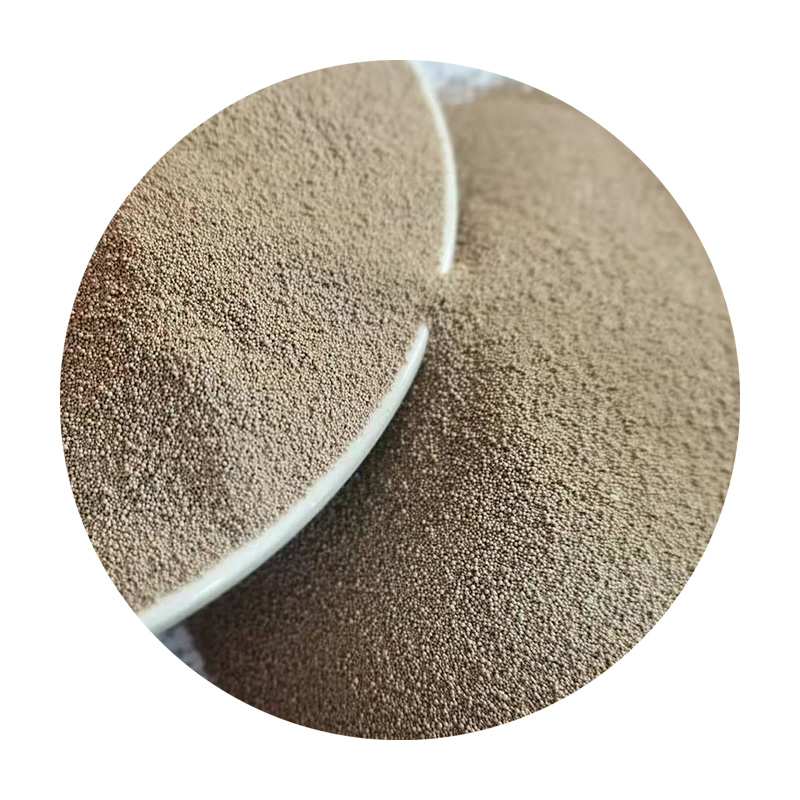What is Sand Casting Used For?
Sand casting is one of the oldest and most versatile metal casting processes, utilized to produce a wide variety of metal components. This manufacturing technique involves using sand as the primary mold material and is pivotal in various industries due to its adaptability, cost-effectiveness, and efficiency.
The Process of Sand Casting
At its core, sand casting involves creating a mold from sand. The process begins with the design of a pattern, which is usually made from metal, wood, or plastic. This pattern is then pressed into a mixture of sand, clay, and water, creating a negative impression of the desired part. Once the mold is formed, it is assembled, and molten metal is poured into the cavity. After the metal cools and solidifies, the mold is broken away to reveal the cast part. The simplicity and effectiveness of this process make it suitable for producing complex shapes and large components.
Applications of Sand Casting
1. Automotive Industry Sand casting is extensively used to manufacture various components in the automotive sector, such as engine blocks, cylinder heads, and transmission cases. The ability to produce parts with intricate geometries makes it ideal for meeting the diverse requirements of modern vehicle designs.
2. Aerospace Components In the aerospace industry, weight is a crucial factor. Sand casting allows for the production of lightweight yet durable components, such as brackets and housings, which must meet stringent safety and performance standards.
3. Industrial Equipment Many industrial machines and tools use components made via sand casting. This includes pumps, valves, and housings for electric motors, where durability and precision are essential.
what is sand casting used for

4. Art and Sculpture Beyond functional applications, sand casting is also popular in the art world. Sculptors use this technique to create intricate sculptures and artistic pieces that require fine detail and a unique finish.
5. Marine Applications The marine industry benefits from sand casting for producing components such as propellers, engine blocks, and various fittings that must withstand harsh environments.
Advantages of Sand Casting
One of the key advantages of sand casting is its ability to produce large parts. The mold can be made to accommodate large shapes that would be difficult and costly to manufacture using other processes. Additionally, the use of sand, which is relatively inexpensive, keeps production costs low, making it accessible for small-scale manufacturers and hobbyists alike.
Another benefit is the flexibility it offers in terms of materials. Sand casting is compatible with a wide range of metals, including aluminum, iron, and magnesium, allowing for a vast array of applications in different fields.
Conclusion
In summary, sand casting remains a vital manufacturing process used across multiple industries due to its versatility and cost-effectiveness. From automotive to aerospace, industrial equipment, and art, the applications of sand casting are extensive. Its ability to produce complex parts efficiently continues to make it a preferred choice for manufacturers seeking both quality and affordability. As technology advances, the sand casting process is likely to evolve, integrating new materials and methods, but its foundational role in manufacturing will undoubtedly endure.
Post time:Medi . 06, 2024 05:00
Next:High-Quality Foundry Sand for Superior Casting Performance
